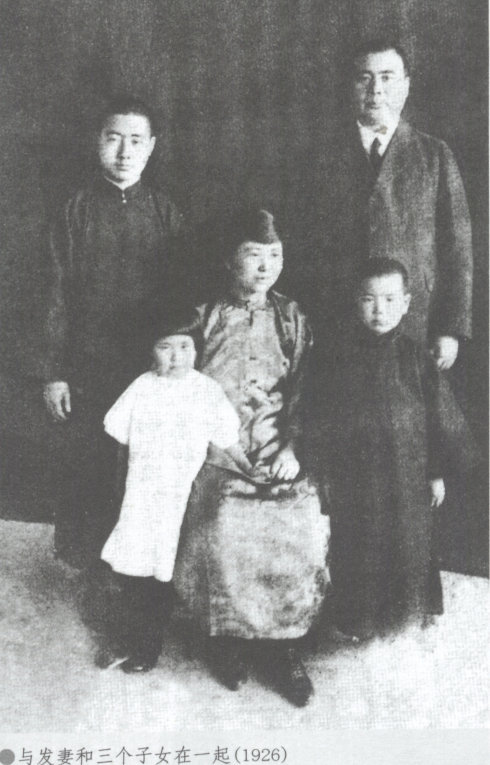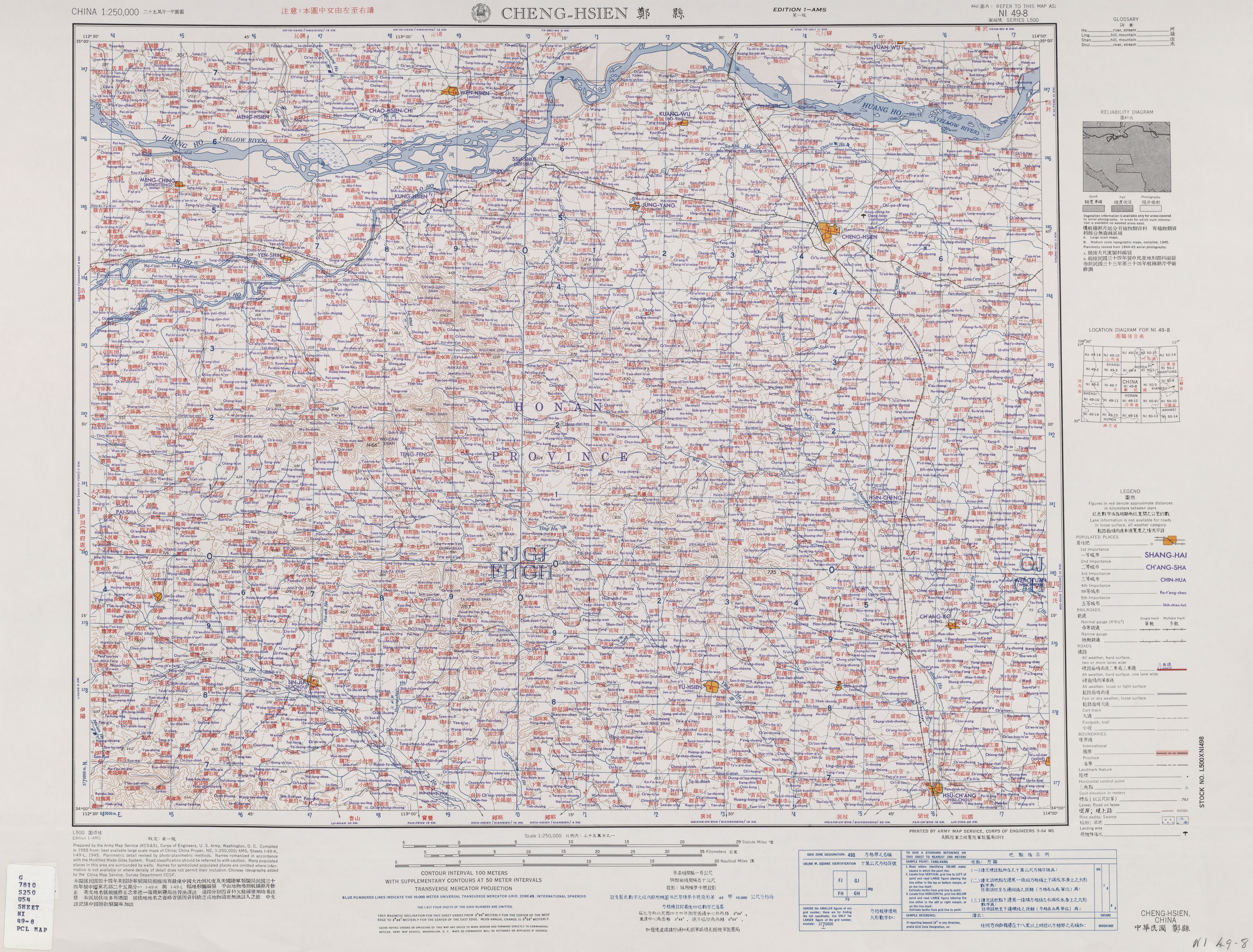|
Battle Of Eastern Henan
The Battle of Eastern Henan was between the Central Army of Chiang Kai-shek and those of Sun Dianying, a Henan native and ally of Feng Yuxiang and Yan Xishan. Sun's forces attacked the Longhai railway line, a stronghold on the eastern provincial border of Henan. The railway linked the cities of Kaifeng, Zhengzhou and Luoyang. Bibliography *中華民國國防大學 (臺灣), 國防大學編,《中國現代軍事史主要戰役表》 {{DEFAULTSORT:Eastern Henan Conflicts in 1930 August 1930 in Asia 1930 in China ... [...More Info...] [...Related Items...] OR: [Wikipedia] [Google] [Baidu] |
Central Plains War
The Central Plains War () was a series of military campaigns in 1929 and 1930 that constituted a Chinese civil war between the Nationalist Kuomintang government in Nanjing led by Generalissimo Chiang Kai-shek and several regional military commanders and warlords who were former allies of Chiang. After the Northern Expedition ended in 1928, Yan Xishan, Feng Yuxiang, Li Zongren and Zhang Fakui broke off relations with Chiang shortly after a demilitarization conference in 1929, and together they formed an anti-Chiang coalition to openly challenge the legitimacy of the Nanjing government. The war was the largest conflict in the Warlord Era, fought across Henan, Shandong, Anhui and other areas of the Central Plains in China, involving 300,000 soldiers from Nanjing and 700,000 soldiers from the coalition. Background Rise of Chiang Kai-shek Compared to other senior party officials like Hu Hanmin and Wang Jingwei, the political status of Chiang Kai-shek in the Kuomintang (KMT) ... [...More Info...] [...Related Items...] OR: [Wikipedia] [Google] [Baidu] |
Henan
Henan; alternatively Honan is a province in Central China. Henan is home to many heritage sites, including Yinxu, the ruins of the final capital of the Shang dynasty () and the Shaolin Temple. Four of the historical capitals of China, Luoyang, Anyang, Kaifeng and Zhengzhou, are in Henan. While the province's name means 'south of the river', approximately a quarter of the province lies north of the Yellow River. With an area of , Henan covers a large part of the fertile and densely populated North China Plain. Its neighboring provinces are Shaanxi, Shanxi, Hebei, Shandong, Anhui, and Hubei. Henan is China's third-most populous province and the most populous among inland provinces, with a population of over 99 million as of 2020. It is also the world's seventh-most populous administrative division; if it were a country by itself, Henan would be the 17th-most populous in the world, behind Egypt and Vietnam. People from Henan often suffer from regional discrimination ... [...More Info...] [...Related Items...] OR: [Wikipedia] [Google] [Baidu] |
National Revolutionary Army
The National Revolutionary Army (NRA; zh, labels=no, t=國民革命軍) served as the military arm of the Kuomintang, Chinese Nationalist Party (Kuomintang, or KMT) from 1924 until 1947. From 1928, it functioned as the regular army, de facto national armed forces of the Nationalist government, Republic of China during the period of Nationalist rule. Following the promulgation of the Constitution of the Republic of China, 1947 Constitution — which established civilian control of the military, civilian control over the military on a de jure basis — it was formally reorganised as the Republic of China Armed Forces. Initially formed from Constitutional Protection Junta, pro-nationalist faction troops after 1917, with assistance from the Soviet Union, the NRA was created as an instrument for the Nationalist government to unify China during the Warlord Era. It went on to fight major military conflicts, including the Northern Expedition against the Beiyang warlords, the encirclem ... [...More Info...] [...Related Items...] OR: [Wikipedia] [Google] [Baidu] |
Gu Zhutong
Gu Zhutong ( zh, s=顾祝同, t=顧祝同, first=t, p=Gù Zhùtóng, w=Ku4 Chu4-t‘ung2; January 9, 1893 – January 17, 1987), courtesy name Mosan (墨三), also rendered as Ku Chu-tung, was a military general and administrator of the Republic of China. Biography Early life and career Gu was born in Lianshui, Jiangsu province and attended army elementary academy at age 19, When the Chinese Revolution of 1911 broke out, he soon joined the Revolution. In 1912, he joined the Chinese Nationalist Party, and enrolled in Wuhan reserve officer candidate school, and then attend the Baoding Military Academy. In 1922, he went to Canton and became a staff officer of Second Cantonese Army. When Whampoa Military Academy was founded in 1924, he became one of the academy instructors. When the newly formed Nationalist government launched a campaign against a local warlord, he became a battalion commander. During the Northern Expedition, Gu was promoted division commander and then corps comm ... [...More Info...] [...Related Items...] OR: [Wikipedia] [Google] [Baidu] |
Shangguan Yunxiang
Shangguan Yunxiang ( zh, t=上官雲相 , s=上官云相 , p=Shàngguān Yúnxiàng , first=t; 1895 - 8 August 1969) was a Chinese National Revolutionary Army general from Shanghe County, Shandong who served during the Chinese Civil War and the Second Sino-Japanese War. He was the brother-in-law of Kuomintang general Yu Hanmou. Early life Shangguan was born in Shanghe County in 1895. He enrolled in the infantry division of the Baoding Military Academy in 1917, and was the same class as Ye Ting and Gu Zhutong. After graduating in 1919, Shangguan served under Sun Chuanfang, and was eventually promoted in Sun's army. After the Beijing Coup in 1924, the Fengtian clique went south to occupy Jiangsu but was defeated by Sun. In 1925, with the support of Zhang Zongchang, Shi Congbin went south to attack Sun's forces. Shangguan led a group of troops, defeated Shi's forces and captured Shi himself. Service with the Kuomintang In 1927, in order to resist the National Revolutionary Army's ... [...More Info...] [...Related Items...] OR: [Wikipedia] [Google] [Baidu] |
Sun Dianying
Sun Dianying (; 1889–1948) was a Chinese bandit leader, warlord, and National Revolutionary Army commander who fought in the Warlord Era, Second Sino-Japanese War, and Chinese Civil War, earning notoriety for changing sides multiple times in course of these conflicts. Biography Early life as bandit and first military commands Born in 1887, 1898, or 1889 in Yongcheng, Henan, Sun joined a bandit gang in his youth, and eventually became a message-carrier for the Yangshan bandit chief Zhang Ping. He eventually joined the Songxian Pacification Force (SPF), an anti-bandit militia that mostly consisted of ex-bandits. Sun managed to rise to a minor command in the SPF, but he resumed banditry following the suicide of his superior Han Yukun in 1925, or after the SPF's crushing defeat at Xi'an against warlord Feng Yuxiang in 1926. In any case, Sun wanted to rejoin the armed forces. To achieve this, he led his private army from the western Henan mountains to Anhui. On the way, Sun refr ... [...More Info...] [...Related Items...] OR: [Wikipedia] [Google] [Baidu] |
Feng Yuxiang
Feng Yuxiang (; ; 6 November 1882 – 1 September 1948), courtesy name Huanzhang (焕章), was a Chinese warlord and later general in the National Revolutionary Army. He served as Vice Premier of the Republic of China from 1928 to 1930. At the start of the 1911 Revolution, Feng was an officer in the ranks of Yuan Shikai's Beiyang Army. He initially joined forces with the revolutionaries, but came to support Yuan's regime. In 1914, he converted to Christianity, earning him the nickname the "Christian General". He became a warlord in Northwest China, based in Shaanxi, and rose to a high rank within the Zhili clique, a powerful warlord faction. In 1924, during the Second Zhili-Fengtian war, Feng launched the Beijing Coup, which knocked the Zhili out of power, and re-organised his troops as the Guominjun. He brought Sun Yat-sen to Beijing for negotiations on re-unification, but this was not realized. In 1926, Feng was defeated by the Zhili and Fengtian cliques in the An ... [...More Info...] [...Related Items...] OR: [Wikipedia] [Google] [Baidu] |
Yan Xishan
Yan Xishan (; 8 October 1883 – 22 July 1960; also romanized as Yen Hsi-shan) was a Chinese warlord who served in the government of the Republic of China from June 1949 to March 1950 as its last premier in mainland China and first premier in Taiwan. He effectively controlled the province of Shanxi from the 1911 Xinhai Revolution to the 1949 Communist victory in the Chinese Civil War. He maintained an ambivalent attitude towards the Communists until 1939, and participated in the Second United Front against the Japanese from 1937. He subsequently negotiated with the Japanese from 1940 to 1943, and allied himself with the Japanese against the Communists from 1944 until fleeing Shanxi in 1949. The resistance of his well-armed forces in Taiyuan posed a major obstacle to Communist victory in the Civil War. As the leader of a relatively small, poor, remote province, he survived Yuan Shikai, the Warlord Era, the Nationalist Era, the Japanese invasion of China and the subse ... [...More Info...] [...Related Items...] OR: [Wikipedia] [Google] [Baidu] |
Kaifeng
Kaifeng ( zh, s=开封, p=Kāifēng) is a prefecture-level city in east-Zhongyuan, central Henan province, China. It is one of the Historical capitals of China, Eight Ancient Capitals of China, having been the capital eight times in history, and is most known for having been the Chinese capital during the Song dynasty#Northern Song, 960–1127, Northern Song dynasty. As of the 2020 Chinese census, 2020 census, 4,824,016 people lived in Kaifeng's Prefecture, of whom 1,735,581 lived in the metropolitan area consisting of Xiangfu, Longting, Shunhe Hui, Gulou and Yuwantai Districts. Located along the Yellow River's southern bank, it borders the provincial capital of Zhengzhou to the west, Xinxiang to the northwest, Shangqiu to the east, Zhoukou to the southeast, Xuchang to the southwest, and Heze of Shandong to the northeast. Kaifeng is a major city for scientific research, appearing among the world's top 200 List of cities by scientific output, cities by scientific output as track ... [...More Info...] [...Related Items...] OR: [Wikipedia] [Google] [Baidu] |
Zhengzhou
Zhengzhou is the capital of Henan, China. Located in northern Henan, it is one of the nine National central city, national central cities in China, and serves as the political, economic, technological, and educational center of the province. The Zhengzhou metropolitan area (including Zhengzhou and Kaifeng) is the core area of the Central Plains Economic Zone. The city lies on the southern bank of the Yellow River. Zhengzhou is a major hub of China's domestic and international transportation network; for example, it is connected to Europe and has an international airport. Zhengzhou is a National Civilized City and a List of National Famous Historical and Cultural Cities in China, State-list Famous Historical and Culture City. As of 2020, there are two List of World Heritage Sites in China, World Cultural Heritage Sites in Zhengzhou. The Zhengzhou Commodity Exchange (ZCE) is China's first futures exchange. Zhengzhou Airport Economy Zone is China's first Airport Economy Zone. As o ... [...More Info...] [...Related Items...] OR: [Wikipedia] [Google] [Baidu] |
Luoyang
Luoyang ( zh, s=洛阳, t=洛陽, p=Luòyáng) is a city located in the confluence area of the Luo River and the Yellow River in the west of Henan province, China. Governed as a prefecture-level city, it borders the provincial capital of Zhengzhou to the east, Pingdingshan to the southeast, Nanyang to the south, Sanmenxia to the west, Jiyuan to the north, and Jiaozuo to the northeast. As of December 31, 2018, Luoyang had a population of 6,888,500 inhabitants with 2,751,400 people living in the built-up (or metro) area made of the city's five out of six urban districts (except the Jili District not continuously urbanized) and Yanshi District, now being conurbated. By the end of 2022, Luoyang Municipality had jurisdiction over 7 municipal districts, 7 counties and 1 development zone. The permanent population is 7.079 million. Situated on the central plain of China, Luoyang is among the oldest cities in China and one of the cradles of Chinese civilization. It is the earl ... [...More Info...] [...Related Items...] OR: [Wikipedia] [Google] [Baidu] |







